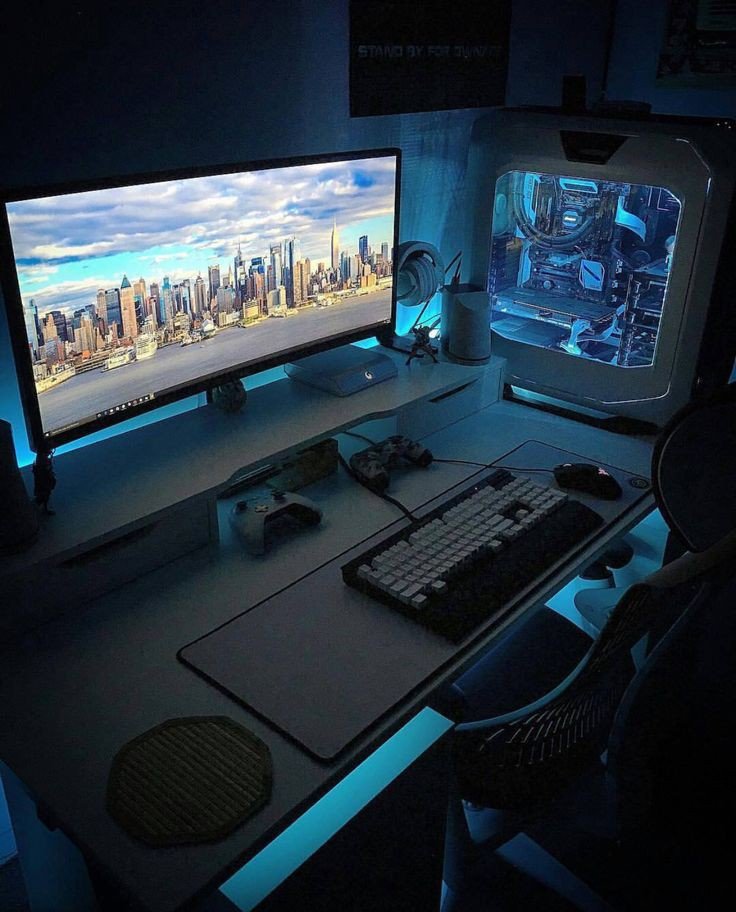Tips and Tricks for Optimizing Computer Performance

Keep your computer clean: Regularly clean your computer physically by wiping off dust and dirt from the keyboard, monitor, and CPU. Dust can cause overheating and slow down your computer.
Close unnecessary programs: Keep only the programs you need open. Closing unused programs frees up memory and CPU resources, making your computer run faster.
Disable startup programs: Many programs automatically start when you turn on your computer, slowing down the startup process. Disable unnecessary startup programs to speed up boot time.
Update software: Keep your operating system, drivers, and software up to date. Updates often include performance improvements and bug fixes that can make your computer run smoother.
Use antivirus software: Install and regularly update antivirus software to protect your computer from malware and viruses that can slow down performance.
Clear temporary files: Regularly delete temporary files, cache, and cookies to free up disk space and improve performance. You can use built-in tools like Disk Cleanup (Windows) or Disk Utility (macOS) for this.
Manage your browser: Clear browsing history, cache, and cookies regularly in your web browser to improve browsing speed. Consider using browser extensions like ad blockers to reduce resource usage.
Optimize your hard drive: Defragment your hard drive (Windows) or use Disk Utility's First Aid (macOS) to optimize and repair disk errors. This can improve file access speed.
Upgrade hardware: If your computer is still slow after trying software optimizations, consider upgrading hardware components like RAM or replacing a traditional hard drive with a solid-state drive (SSD) for faster performance.
Use task manager/activity monitor: Monitor your computer's performance using built-in tools like Task Manager (Windows) or Activity Monitor (macOS). Identify resource-hungry processes and close them if necessary.
Adjust visual effects: Disable unnecessary visual effects and animations in your operating system settings to reduce strain on your computer's resources.
Manage startup items: Review and disable unnecessary startup items using Task Manager (Windows) or System Preferences (macOS) to speed up boot time.
Keep your desktop clean: Avoid cluttering your desktop with too many icons or files. Keeping it organized can improve system performance.
Use sleep mode: Instead of shutting down your computer completely, use sleep or hibernate mode when not in use. This allows your computer to resume quickly and saves power.
Consider a fresh install: If your computer is still slow despite optimization efforts, consider performing a fresh operating system installation. Backup your data first and then reinstall the OS to start with a clean slate.
By following these tips and tricks, you can optimize your computer's performance and enjoy a faster, more efficient computing experience.
Perfect, nicely explained